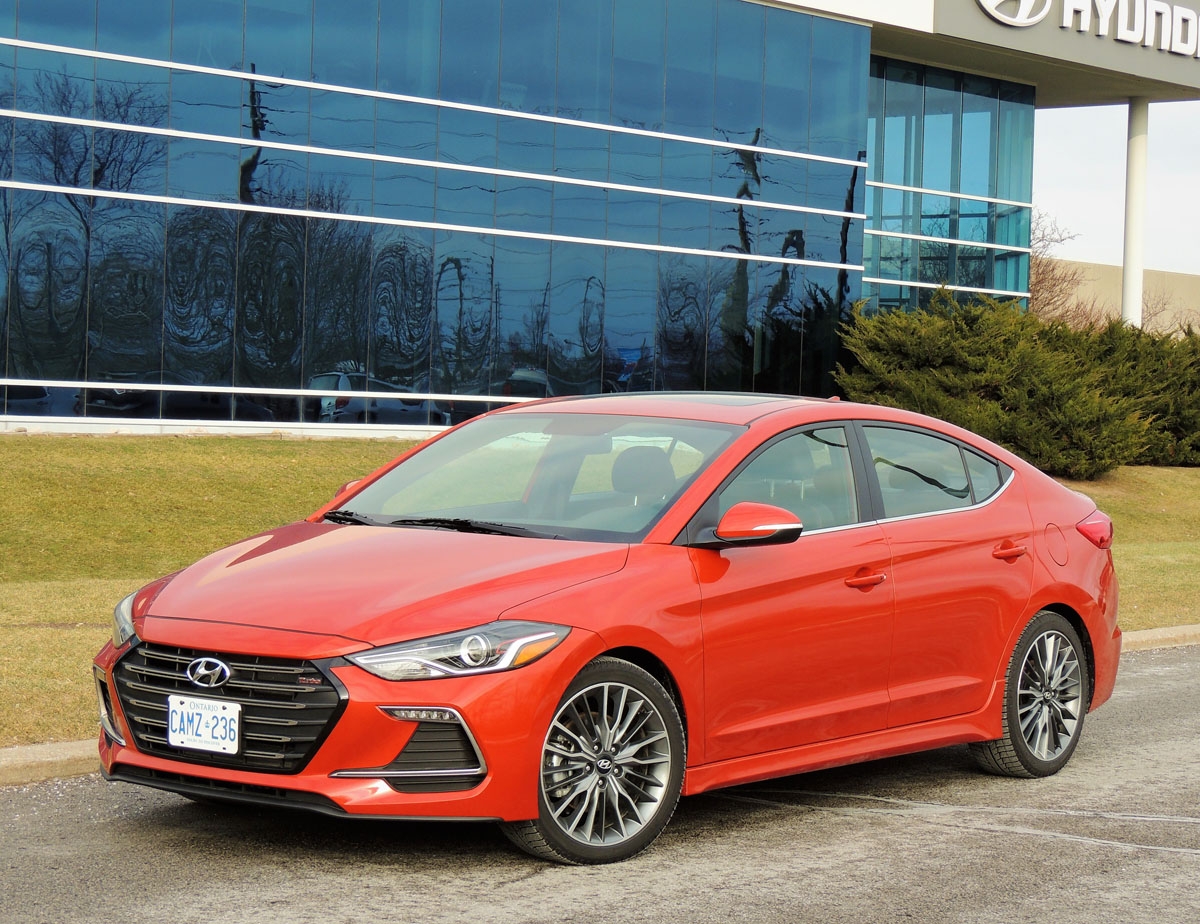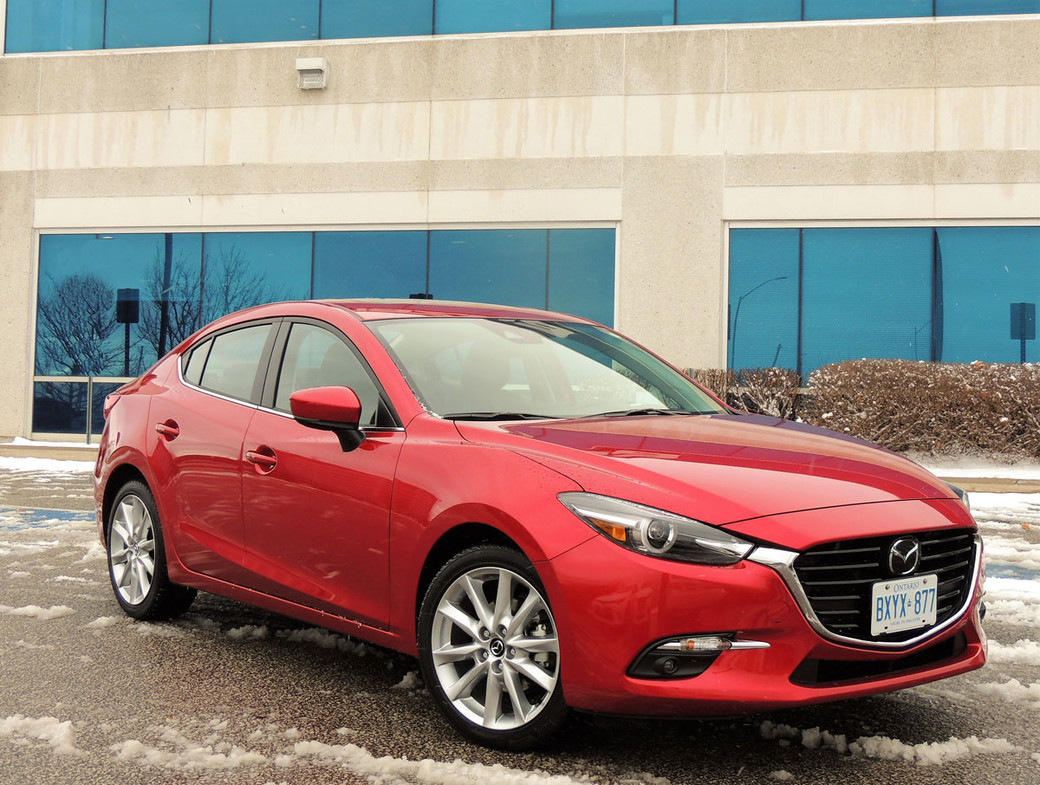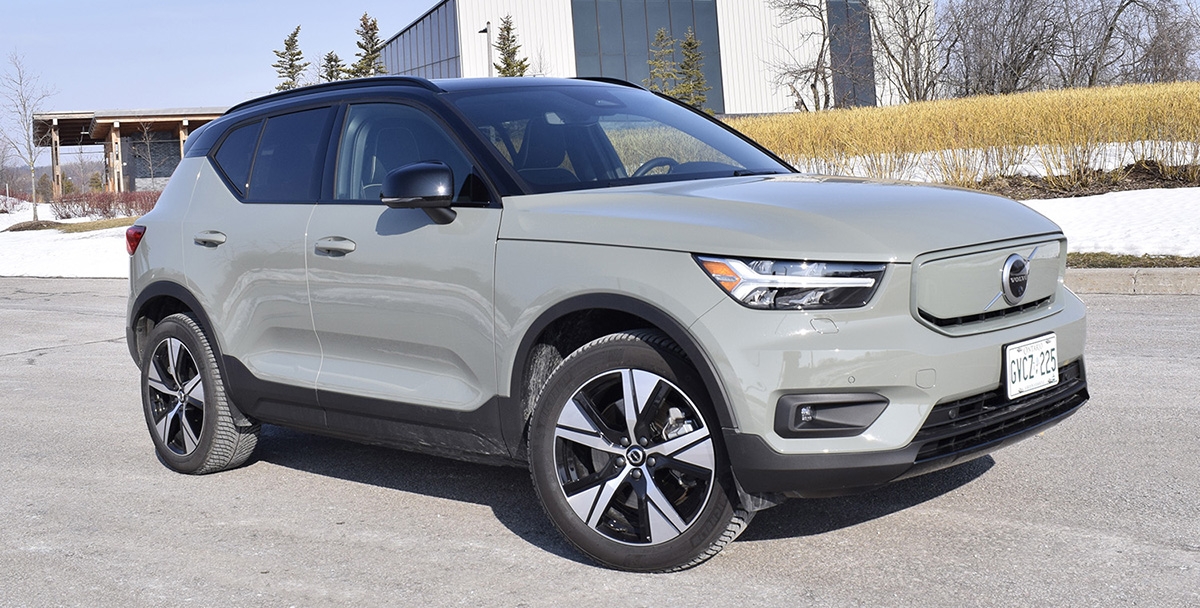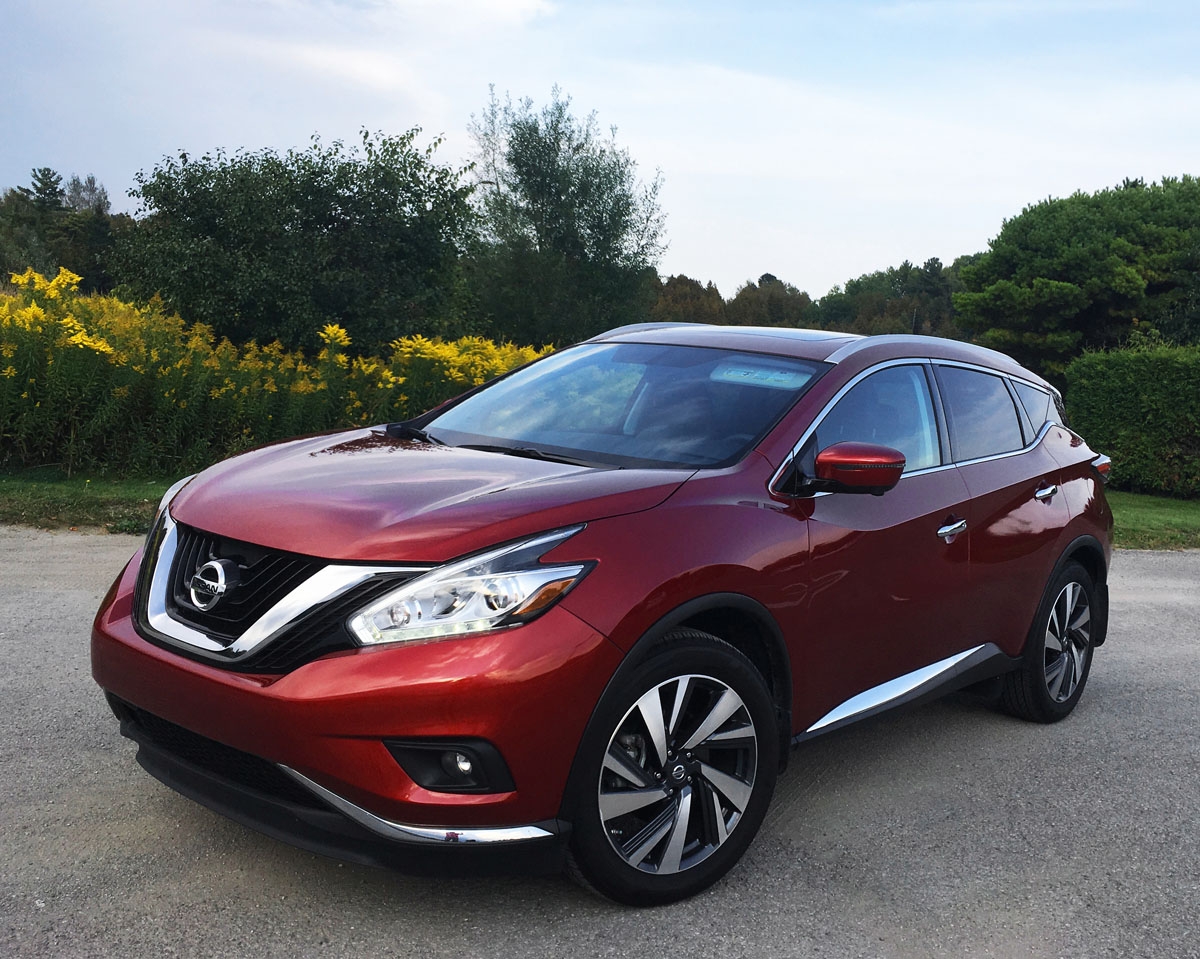
Elantra Sport Adds ‘Fun Factor’ to Practical Family Ride
Canadians still buy a lot of compact cars.
I won’t bore you with a dry discussion on the rise of compact SUVs and crossovers to top spot in our marketplace, but suffice to say that many homes continue to have a Civic, Corolla – or Elantra – parked in the driveway.
It is to the latter model I’ve given some recent attention. Not just because Hyundai has created a worthy contender to compete with the best from Japan, but because they’ve finally given it a little more ‘poke.’

(with red centre mark) punctuate the Elantra Sport’s passenger cabin.
I spent a couple of hours last September driving the 2017 Elantra Sport, but not enough to truly get a feel for this feistier version of Hyundai’s top-selling nameplate – a car that finished 2016 just behind the perennial first-place finisher, Honda Civic.
In the Sport, they’ve swapped Elantra’s 2.0-litre, naturally-aspirated four cylinder (147 hp, 132 lb/ft) with a 1.6-litre turbo four with gasoline direct injection, delivering 201 horsepower and 195 lb/ft of torque – with peak torque on tap from a low 1,500 rpm.
It’s the same engine as in the pricier and less commodious Veloster Turbo, and in the Kia Forte Koup (SX trim). In Elantra Sport, it is paired with either a six-speed manual gearbox (starting at $24,999) or with a seven-speed dual-clutch transmission (starting at $26,499).
The power difference between regular Elantras and the Sport is substantial, and it’s most noticeable once you spool up the turbo. Hyundai engineers may have chosen gear ratios that lean more towards fuel economy than Civic Si-thrashing performance, but this powertrain still turns a practical, well-priced family ride into something that is actually fun to drive.
And not just by adding 54 more ponies and 63 pounds-feet. The Sport is based on an already improved chassis that benefits from 53 percent high-strength steel, 40 times more structural adhesives and higher torsional rigidity, to which they replace its torsion axle with an independent multi-link rear suspension.
The Sport also gets 18-inch alloys with low-profile performance tires, firming up its ride and corner-carving ability.

heating, along with more aggressive
bolsters that grab you in the corners.
Which doesn’t mean that tautness comes at the expense of ride comfort. The suspension’s higher spring rates in front and rear, along with better damping, do decrease body roll, but your teeth won’t rattle over rough pavement. Hyundai isn’t aiming the Sport at ‘boy racers.’
Ditto for the nice rasp that comes from air intake and muffler tuning. It’s subtle enough not to attract any finger wagging from neighbours – or the men and women in blue.
Differences between the Sport and non-turbo Elantras aren’t just under the skin. Styling upgrades include a black chrome grille with turbo badging, horizontal LED running lights, more aggressive side sill extensions, unique LED taillights, decklid spoiler and twin chrome tip exhausts.
On the inside, you’ll note a sportier look with a standard-equipped (and heated) flat-bottomed steering wheel, leather front sport buckets with more aggressive side bolstering, alloy pedals, and red contrast stitching throughout the steering wheel, seats and shifter boot.
Some of the other standard content includes seven-inch infotainment with six-speaker audio, rearview camera, heated front seats and smart key with pushbutton start.
Sport Tech Trim ($27,499) adds upgraded eight-speaker audio and eight-inch infotainment, navigation and dual-zone climate control.
Overall, the passenger cabin is well put together, and build quality is evident in the premium materials, tight gaps and absence of squeaks and rattles.
The instrument panel is the same as other mid- to upper-trim Elantras: simple, clean and well organized.
Rear seat leg room compares with larger, mid-size vehicles, as does the trunk at 407 litres. The back 60/40 seats drop to accommodate longer objects.
Indeed, the Sport takes in all the perks of its less potent sibling, and for little more than a mid-trim Elantra SE ($23,999). While offering significantly more ‘fun factor.’
Sport models aren’t projected to account for more than 5-10 percent of overall Elantra sales, but I suspect Hyundai may have underestimated this, once the word gets out.

SNAPSHOT: 2017 Hyundai Elantra Sport
BODY STYLE: compact sedan
ENGINE: turbocharged 1.6L DOHC 16-valve four cylinder with gasoline direct injection (201 hp, 195 lb/ft)
TRANSMISSION: 6-speed manual or 7-speed DCT
FUEL ECONOMY: DCT – 8.9/7.0/8.1 litres/100km, 6-speed manual (as tested) 10.7/7.8/9.4 litres/100km (city/hwy/comb)
CARGO: 407 litres
PRICING: base with 6-spd manual $24,999; with 7-spd DCT $26,499; Sport Tech with 6-spd manual $27,499; with 7-spd DCT $28,999
WEBSITE: hyundaicanada.com









